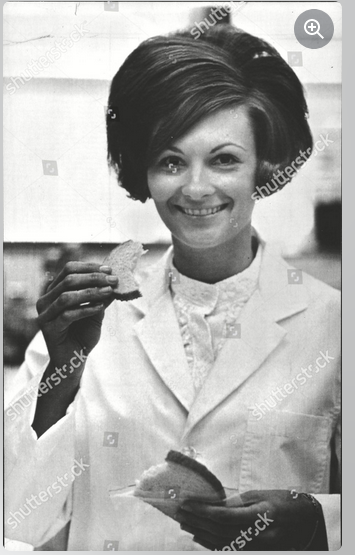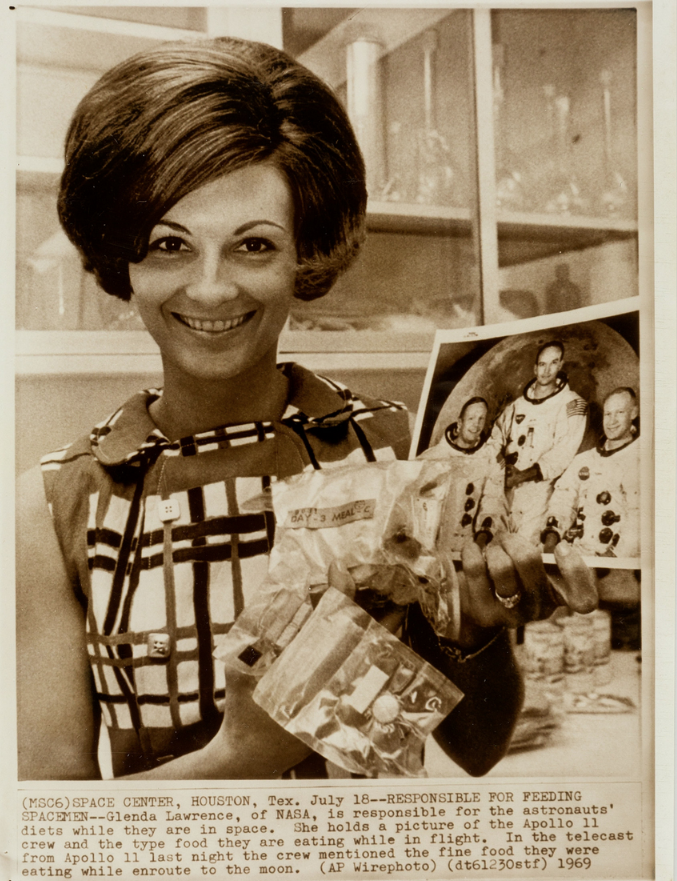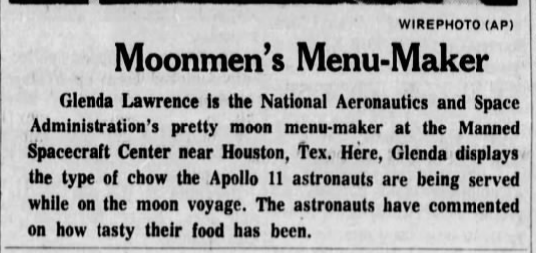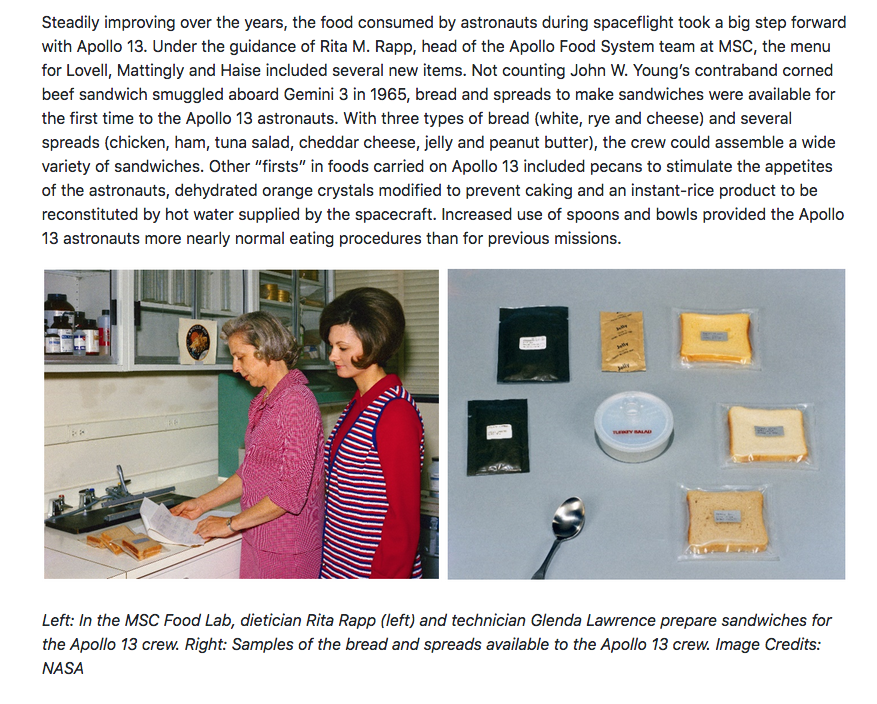Food
Ann Wigmore’s Recipes for Longer Life
Ann Wigmore believed that the secret to good health and a long life was eating 1) a lot of wheatgrass and 2) only raw food. If those appeal to you, you'll find lots of recipes in her cookbook below, Recipes for Longer Life (published in 1978, available at archive.org).Wikipedia says that she lived to be 84, which is a relatively long life, but not remarkable. She died of smoke inhalation from a fire. So maybe she would have lived much longer if not for that bad luck?
Wikipedia also says, "many of her claims were denounced as quackery, and her qualifications were never confirmed to be genuine."


I guess she wasn't keen on melons: "eat them alone or leave them alone".

Posted By: Alex - Fri Jun 16, 2023 -
Comments (3)
Category: Food, Cookbooks, Patent Medicines, Nostrums and Snake Oil, Dieting and Weight Loss
Hemo
This kid was seriously craving his Hemo fix.Strange name. Makes it sound like something blood-related, rather than a chocolate milk drink.

Posted By: Alex - Fri Jun 02, 2023 -
Comments (2)
Category: Food, Advertising, 1940s
Marvin Parson’s Inner Wilderness
Marvin Parson’s Inner Wild Wilderness, Fred Casia, provided by the National Film Board of Canada
Posted By: Paul - Wed May 24, 2023 -
Comments (1)
Category: Cryptozoology, Death, Food, Cartoons
Food Bombs
I imagine this would have been the most expensive way possible to deliver humanitarian supplies. Though also the fastest.
Modesto Bee - May 30, 1992

Weekly World News - July 7, 1992
Posted By: Alex - Thu May 18, 2023 -
Comments (5)
Category: Food, 1990s, Weapons
National Use-Up-Your-Leftovers-In-A-Jell-O-Salad Week
This ad ran in the May 11, 1959 issue of Life magazine. So assuming that it's the week of May 11 as you read this (which it is as I post it), then I'm sure you'll want to celebrate the week by tossing whatever leftovers you might have (half a burrito, a few slices of pizza) into some jello and serving it up for dinner.
Posted By: Alex - Fri May 12, 2023 -
Comments (4)
Category: Food, Jello, Holidays, Advertising, 1950s
Muffin Tops Jeans
Not real denim, but close enough for the "weird denim" category.Sadly, I don't think these are being made anymore. Though you may be able to pick some up on eBay.
via Book of Joe


Posted By: Alex - Mon May 01, 2023 -
Comments (2)
Category: Food, Denim
Follies of the Madmen #563
Obviously whatever this gal was cooking smelled so hideous that she needed to conceal the odors.
Posted By: Paul - Mon May 01, 2023 -
Comments (5)
Category: Domestic, Food, Advertising, 1960s, Smells and Odors
Hypnotized Lobster
If you stroke lobsters on the back of their shell they go into a trance, as if hypnotized. You can then stand them on their head, and they stay like that. Some people think that doing this before cooking them makes them taste better. Details from The Wicked Good Book: A Guide to Maine Living by Stephen Gleasner:Some people swear this ritual makes the meat taste better if the lobster is thrown into the boiling water while still under "hypnosis." We carried out a double-blind taste test on our back porch one evening, and I thought all the boiled lobster tasted great.

Image source: Hypnotism, by Carl Sextus
Posted By: Alex - Wed Apr 12, 2023 -
Comments (1)
Category: Food, Hypnotism, Mesmerism and Mind Control
Glenda Lawrence, “America’s First Space Housekeeper”
Now that NASA has selected a new crew for the Moon mission, I hope they have not neglected to fill this role.
Glenda Lawrence America's First Space Housekeeper. She Will Be Preparing Food For The Apollo 11 Astronauts Armstrong Aldrin And Collins Whilst They Are In Quarantine.



Posted By: Paul - Tue Apr 04, 2023 -
Comments (1)
Category: Domestic, Food, Spaceflight, Astronautics, and Astronomy, 1960s
Viva Les Crepes
Released in 1971, this album taught you how to cook crepes. Unfortunately I can't find any audio clips of it online. From the album cover:
Some more info from the Louisville Courier-Journal (Dec 27, 1978):

Posted By: Alex - Wed Mar 22, 2023 -
Comments (0)
Category: Food, Cookbooks, 1970s

| Who We Are |
|---|
| Alex Boese Alex is the creator and curator of the Museum of Hoaxes. He's also the author of various weird, non-fiction, science-themed books such as Elephants on Acid and Psychedelic Apes. Paul Di Filippo Paul has been paid to put weird ideas into fictional form for over thirty years, in his career as a noted science fiction writer. He has recently begun blogging on many curious topics with three fellow writers at The Inferior 4+1. Contact Us |




